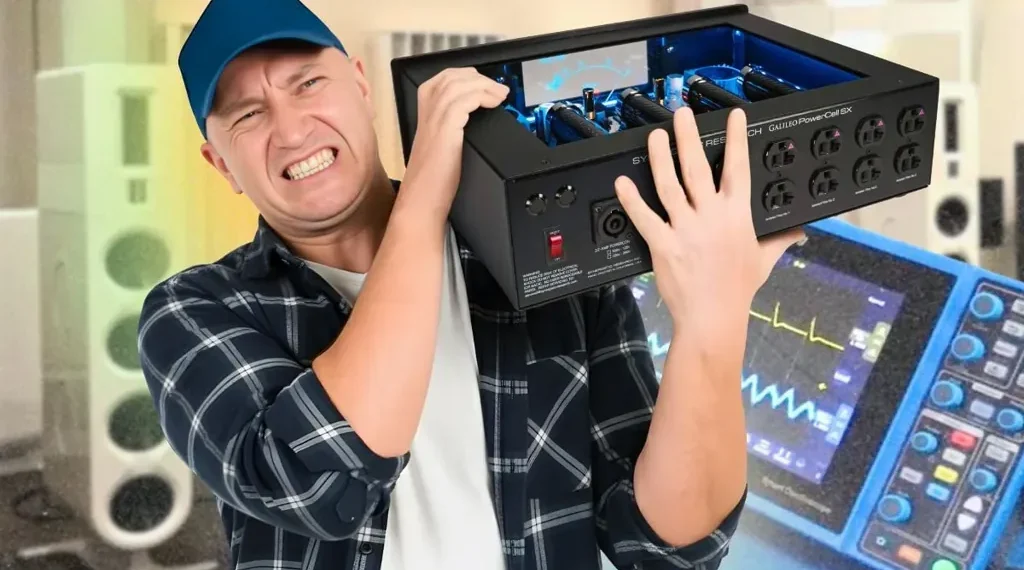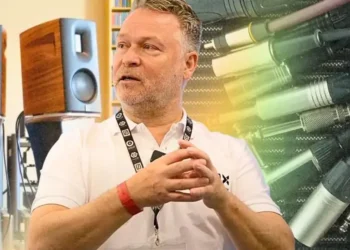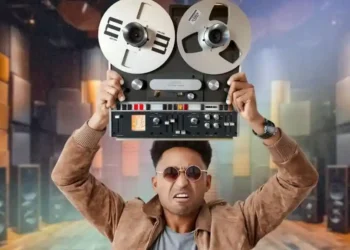Industrial Power Filters Show Superior Noise Attenuation Compared With Premium Audiophile Conditioners
Independent engineers comparing laboratory-grade power filters with high-priced audiophile conditioners say the results point to a widening performance divide in the audio market. Tests conducted using established electromagnetic compatibility (EMC) methods indicate that industrial AC filters provide far greater noise attenuation—often at a fraction of the cost—while many luxury audio brands disclose little or no measurable performance data.
The findings have amplified a long-running debate in the audio community about transparency, engineering rigor, and the actual benefits of premium power-conditioning products.
The Transparency Gap Between Industrial and Audiophile Devices
Power-conditioning equipment is intended to reduce unwanted electromagnetic interference (EMI) and radio-frequency interference (RFI) before it reaches audio systems. In industrial and scientific environments, manufacturers routinely disclose detailed specifications, including attenuation curves, test conditions, and measurement procedures that follow international standards.
Companies such as OnFilter publish full insertion-loss plots for their AC filters, breaking down common-mode and differential-mode performance and clearly identifying the test setups used. This level of documentation is common in sectors that rely on precise instrumentation, including semiconductor production, laboratory research, and medical electronics.
By contrast, many audiophile-oriented brands provide premium-priced conditioners with minimal or no performance disclosure. Several products marketed to high-end home audio users—some costing upward of several thousand dollars—offer little technical evidence to support their claims.
For example, Synergistic Research markets its Galileo PowerCell SX for more than $20,000 without releasing a single measurement or attenuation curve. Transparent Audio sells conditioners priced between $995 and $18,000 with no published specifications, while Puritan Audio’s conditioners, which exceed $2,000, similarly lack detailed metrics.
When prospective buyers request technical data, responses often point back to subjective listening evaluations. One forum user, identified as Saurabh, reported that representatives from both Shunyata and IsoTek told him they do not measure filter performance and rely instead on listening tests and feedback from mastering facilities. In his account, company staff said they “do not believe in” technical performance assessments.
Even when partial figures are offered, details are often incomplete. Shunyata’s Everest-X, which retails for about $9,900, cites “>50 dB noise reduction,” but does not specify the frequency range, test impedance, or measurement procedure—key factors that determine how a filter behaves in real-world systems.
Why Test Conditions Matter for Noise Reduction
EMC engineers emphasize that without knowing the conditions under which a device was measured, performance claims are difficult to interpret. Standard laboratory tests often use idealized 50-ohm source and 50-ohm load impedances. In those scenarios, many filter designs—including widely used Schaffner models—can achieve insertion-loss figures approaching 100 dB, as shown in published manufacturer data.
But domestic electrical systems do not resemble these controlled conditions. Home AC wiring can present source impedances closer to 0.1 ohm, while audio equipment may present loads around 100 ohms. Under these mismatched conditions, internal resonances shift, which can dramatically alter performance. In some cases, filters that perform well in laboratory tests can show negative insertion loss in real systems—meaning they amplify certain noise components instead of reducing them.
These effects are documented in measurement standards such as CISPR-17 and reflected in technical notes published by industrial manufacturers. Engineers say that without frequency-specific data, impedance details, and a clear test methodology, headline claims such as “>50 dB reduction” provide no meaningful insight into how a conditioner will behave in an actual audio system.
Engineering Expertise Highlights the Performance Divide
Industrial EMC engineers design filters according to measurable electrical behavior, often refining components through iterative testing. Their expertise typically spans interference mitigation, power integrity, and compliance with international standards such as IEC, EN, and CISPR.
One widely cited figure in this field is Vladimir Kraz, founder of OnFilter, who has worked in EMC for more than 40 years. He previously led instrumentation development at 3M and holds several patents related to noise reduction. Kraz has also contributed to standards used in semiconductor environments, where even minor interference can compromise precision equipment.
His CleanSweep PDU, which costs around $650, is designed for devices more sensitive than audio gear—such as electron microscopes and nano-scale positioners. In comparative testing performed by independent reviewers, the CleanSweep unit produced cleaner output on an oscilloscope than a significantly more expensive audiophile conditioner, underscoring the performance gap between industrial and luxury audio products.
By contrast, many audiophile conditioners rely heavily on testimonials, brand reputation, or subjective descriptions. Patents associated with some premium products often relate more to enclosure design or branding concepts than to new electrical filtering technologies.
As one veteran electrical engineer put it, “If an audio component needs exotic power conditioning, its power supply is junk.” He added that in four decades of work, standard wiring and well-designed internal power supplies had never compromised the performance of properly engineered audio equipment.
Professional Studios Show Little Dependence on Boutique Conditioners
One of the clearest indicators of real-world effectiveness comes from professional recording environments, where signal fidelity and noise control are critical. Industry engineers note that if boutique audiophile conditioners provided consistent, measurable improvements, they would be widely used in mastering and recording facilities.
Dr. Mark Waldrep, a veteran recording engineer who operates nine studios, has publicly stated that he does not rely on exotic power-conditioning products. Waldrep says his facilities are wired to established electrical standards and use robust internal power supplies built into professional equipment. According to him, the absence of measurable benefits has kept high-end audiophile products out of studio infrastructure.
Where conditioners are used in professional contexts, they are usually industrial-grade devices intended for scientific or laboratory environments. Examples include Elgar-branded power sources or balanced-power installations such as 10 kVA transformers from Equi=Tech. These systems offer detailed specifications, documented measurements, and predictable behavior under known conditions.
A Growing Call for Transparency in the Audiophile Market
The widening contrast between industrial and audiophile equipment has led many engineers to call for greater transparency, urging high-end manufacturers to publish frequency plots, test setups, and measurable performance data. As laboratory comparisons become more accessible online, some consumers are beginning to question the value of premium conditioners that provide limited or no technical information.
For now, engineers say the evidence is clear: industrial AC filters offer predictable, tested, and measurable performance, while many luxury audiophile conditioners rely more on perception than on engineering. With data increasingly available, the debate over power conditioning in audio may be shifting toward a more evidence-based discussion.
This article was rewritten by JournosNews.com based on verified reporting from trusted sources. The content has been independently reviewed, fact-checked, and edited for accuracy, tone, and global readability in accordance with Google News standards.
Stay informed with JournosNews.com — your trusted source for verified global reporting and in-depth analysis. Follow us on Google News, BlueSky, and X for real-time updates.
JournosNews.com follows Google News content standards with original reporting, verified sources, and global accessibility. Articles are fact-checked and edited for accuracy and neutrality.









